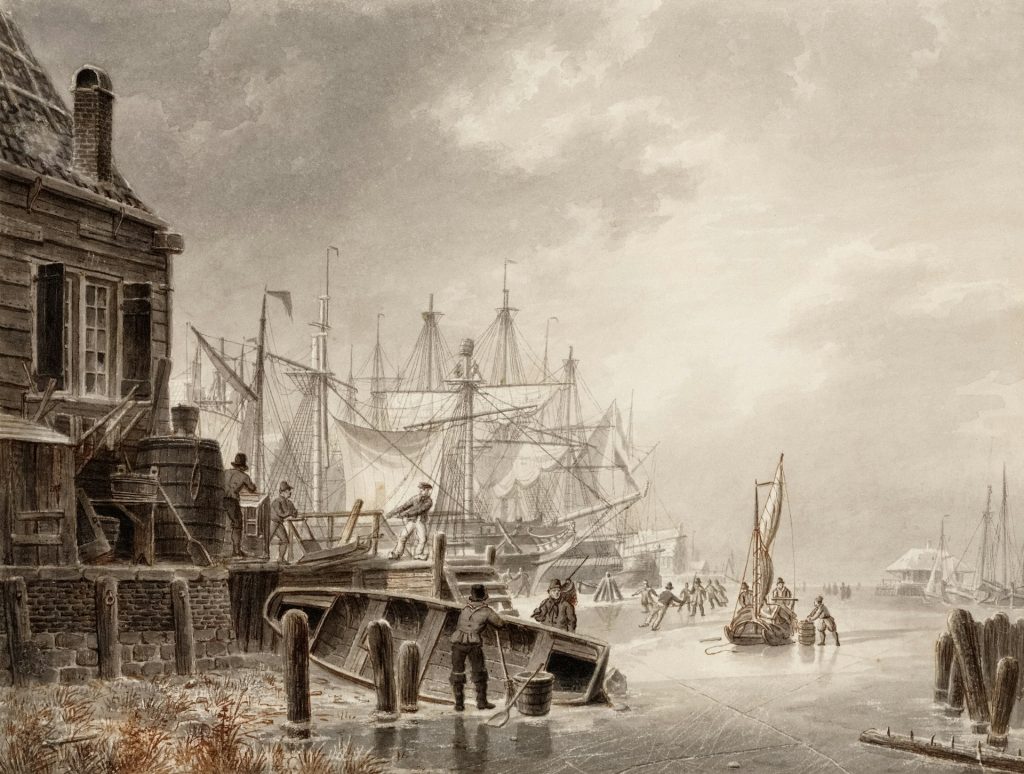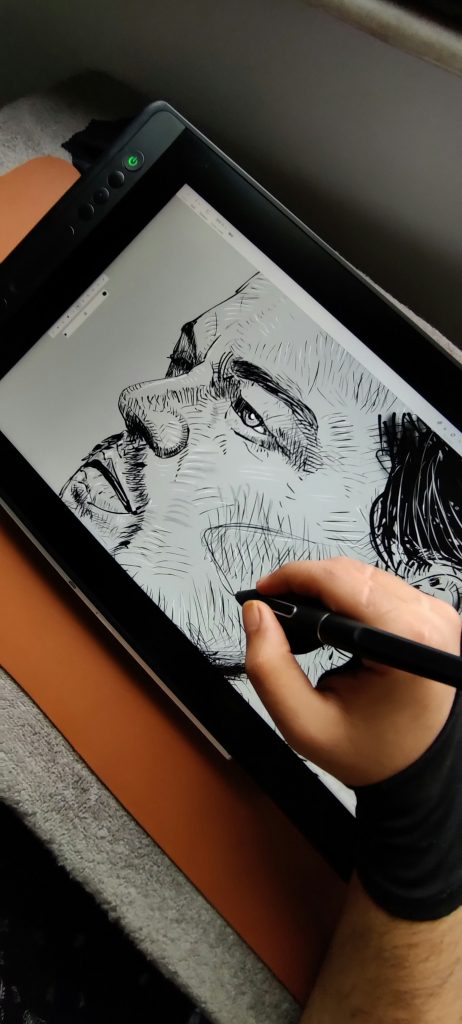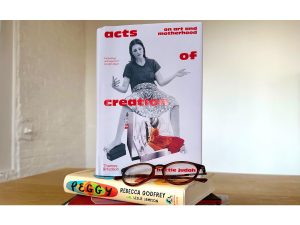Drawings as Primitive Forms of Expression
Drawing is one of the oldest forms of human expression, tracing its roots back to prehistoric times when early humans used cave walls as their canvas. These ancient drawings, often referred to as doodles, were rudimentary depictions of daily life, hunting scenes, and religious rituals. They served not only as a means of communication but also as a way to record and understand the world around them. From simple stick figures to crude representations of animals, these early doodles laid the foundation for the evolution of drawing as an art form.
As societies evolved, so did drawing techniques. With the advent of agriculture and the rise of civilizations, drawings became more sophisticated, depicting complex narratives and symbolic imagery. In ancient Egypt, for example, drawings adorned the walls of temples and tombs, showcasing the intricacies of daily life, religious beliefs, and mythological stories. Similarly, in ancient Greece, drawings were used to embellish pottery and sculptures, capturing the essence of the human form and celebrating the beauty of the natural world.
The Renaissance: A Golden Age of Drawing
The Renaissance marked a significant turning point in the history of drawing, ushering in a golden age of artistic innovation and creativity. During this period, artists such as Leonardo da Vinci, Michelangelo, and Raphael revolutionized the art of drawing, pushing the boundaries of realism and perspective. Drawing became not only a means of representation but also a tool for exploration and discovery, as artists sought to capture the beauty and complexity of the world around them.
One of the defining characteristics of Renaissance drawing was the use of techniques such as chiaroscuro and sfumato, which allowed artists to create depth and dimensionality in their works. This newfound emphasis on light and shadow gave drawings a sense of realism and vitality, transforming them from mere sketches into masterpieces of art. Additionally, the invention of the printing press enabled drawings to be reproduced and distributed on a mass scale, further popularizing the medium and elevating its status as a form of artistic expression.

Source: https://unsplash.com/photos/qGu5UM1GVLQ
The Modern Era: Drawings Beyond Boundaries
The advent of photography in the 19th century posed a new challenge to the art of drawing, as artists grappled with the question of how to compete with the realism and precision of photographic images. Rather than seeing photography as a threat, however, many artists embraced it as a source of inspiration, using drawing to explore new ways of seeing and understanding the world. This period saw the emergence of movements such as Impressionism and Cubism, which sought to capture the fleeting moments of everyday life and deconstruct traditional notions of space and form.
One of the most influential figures of this era was Pablo Picasso, whose revolutionary approach to drawing shattered conventional ideas of representation and perspective. Through his innovative use of geometric shapes and abstract forms, Picasso challenged viewers to reconsider their preconceptions about art and beauty, paving the way for the development of new artistic movements such as Surrealism and Abstract Expressionism. Drawing, once confined to the realm of imitation, now became a means of personal expression and experimentation, allowing artists to explore the depths of their imagination and push the boundaries of visual language.
Digital Drawings: The Age of Technological Innovation
The advent of digital technology in the late 20th century brought about a paradigm shift in the world of drawing, as artists began to explore new ways of creating and manipulating images using computers and software programs. With the rise of digital drawing tablets and styluses, artists were no longer bound by the constraints of traditional materials, allowing for greater flexibility and spontaneity in the creative process. This newfound freedom opened up a world of possibilities, enabling artists to experiment with different styles, techniques, and effects in ways that were previously unimaginable.

Source: https://unsplash.com/photos/a-person-is-drawing-on-a-tablet-with-a-pen-Ze2CHj2N8m0
Digital drawing also democratized the art world, making it more accessible to a wider audience and breaking down barriers to entry for aspiring artists. Platforms such as Instagram and DeviantArt provided artists with a global platform to showcase their work and connect with fellow creatives, fostering a sense of community and collaboration that transcended geographical boundaries. Today, digital drawing continues to evolve at a rapid pace, with new tools and technologies constantly emerging to push the boundaries of what is possible in the world of art and design.
The Future of Drawing: Innovation and Exploration
As we look to the future, the evolution of drawing shows no signs of slowing down. With advancements in artificial intelligence and virtual reality, artists are exploring new frontiers in creativity, using cutting-edge technologies to push the boundaries of traditional drawing techniques. From interactive digital installations to immersive VR experiences, the possibilities for artistic expression are endless.
However, amidst all the technological innovation, it is important to remember the timeless allure of drawing as a fundamental form of human expression. Whether it’s a doodle on a napkin or a masterpiece in a museum, drawing continues to captivate and inspire us, reminding us of the power of creativity to transcend boundaries and connect us to the world around us. As we continue to explore the evolution of drawing, let us celebrate its rich history and embrace the endless possibilities that lie ahead.




